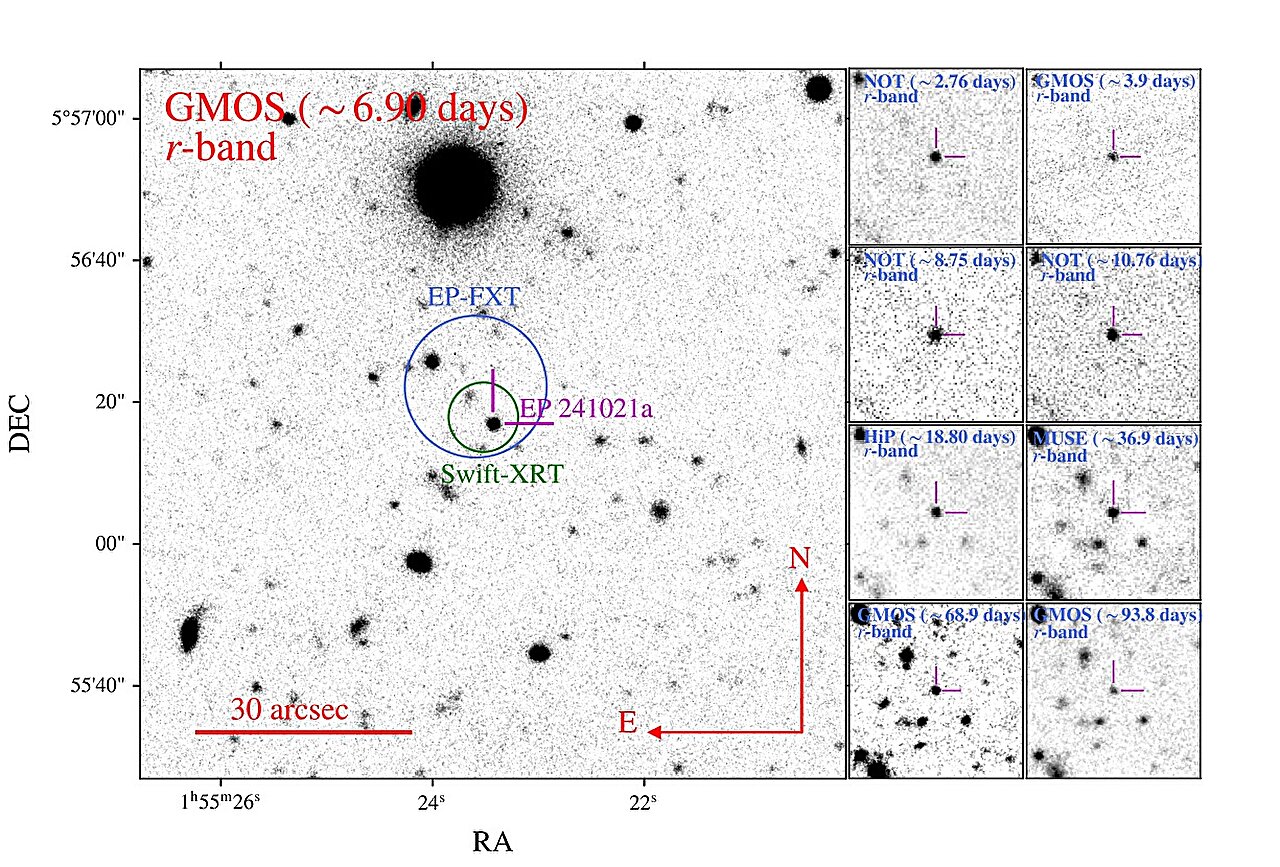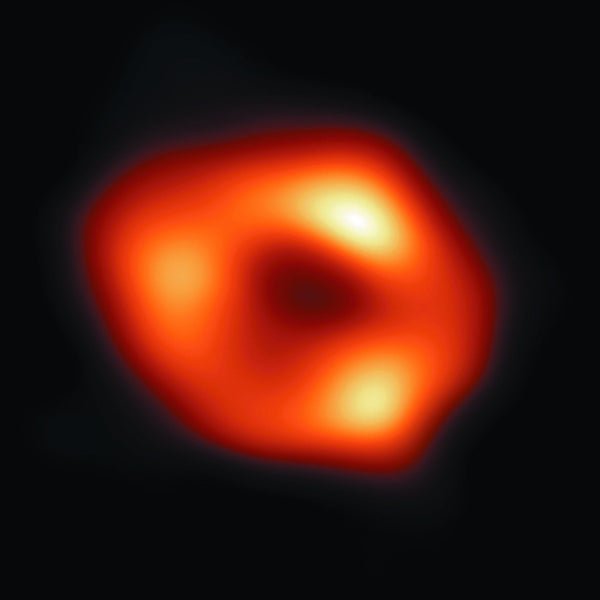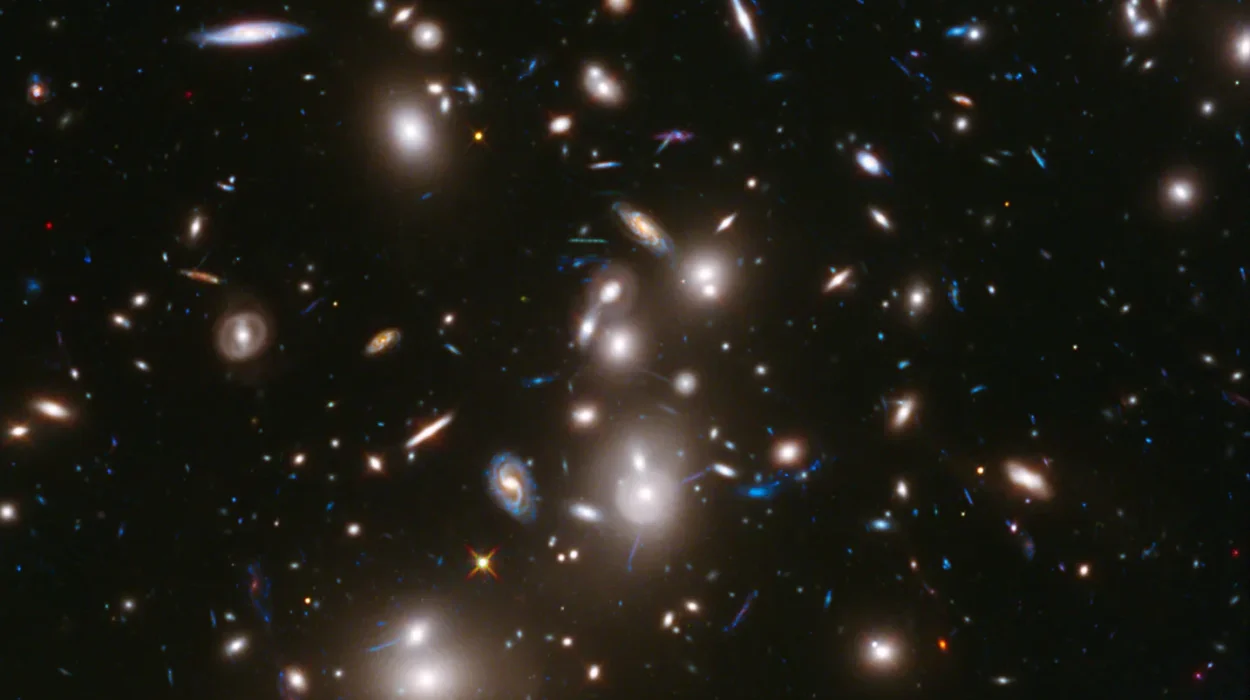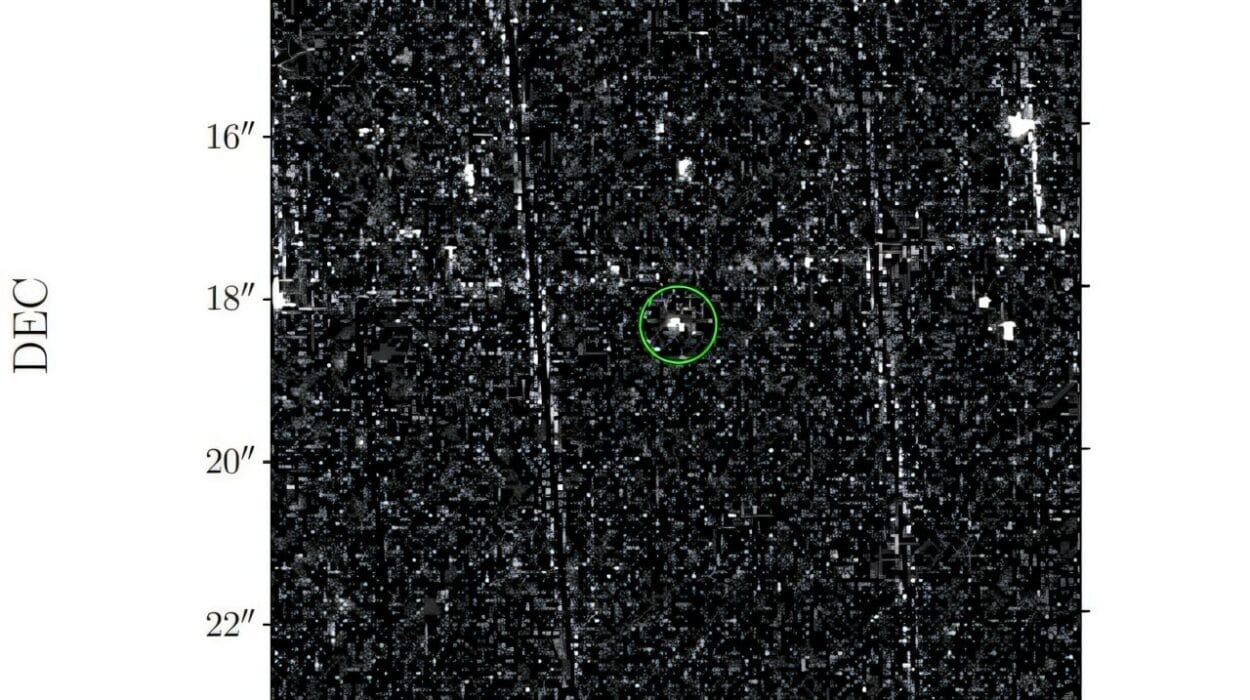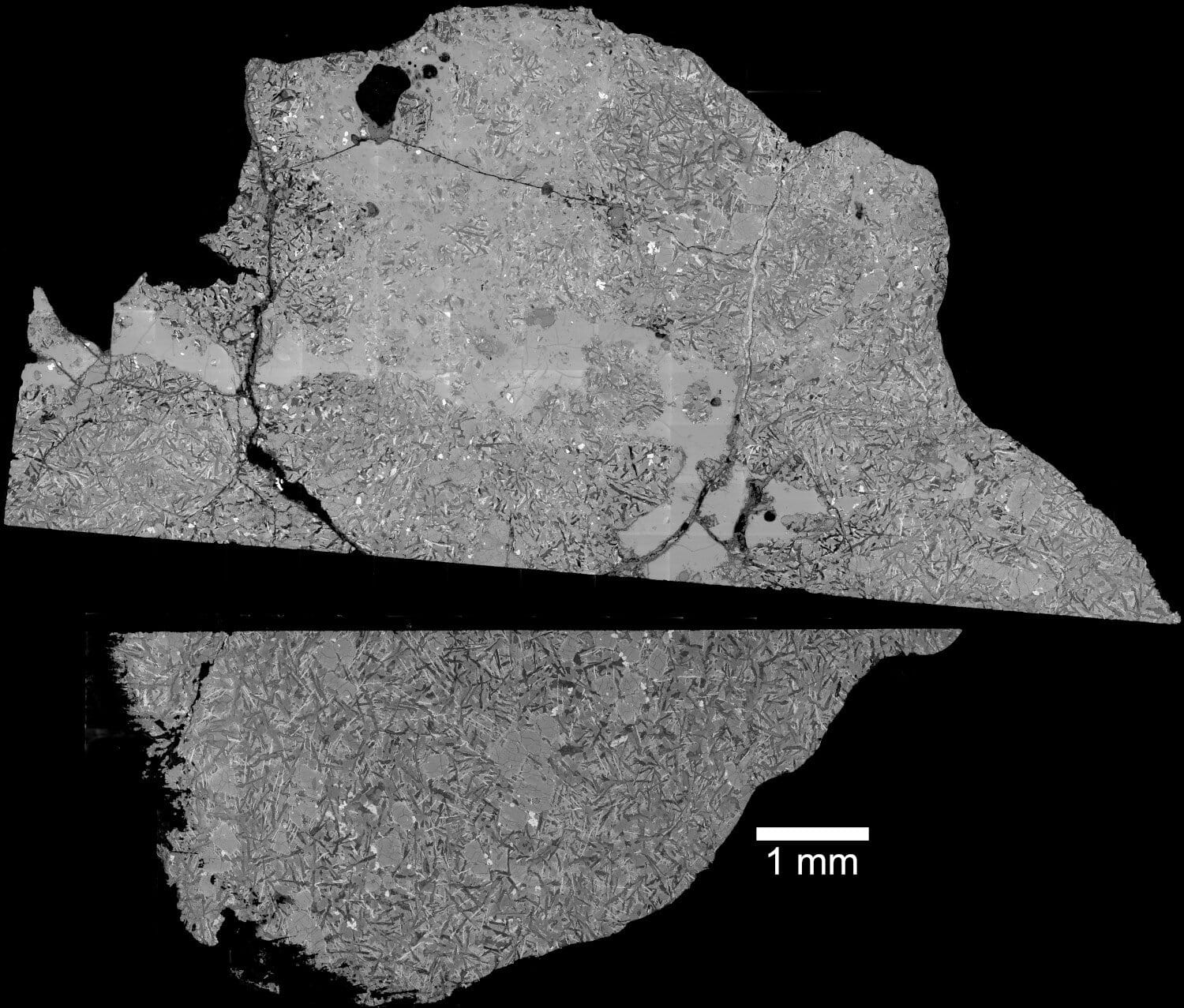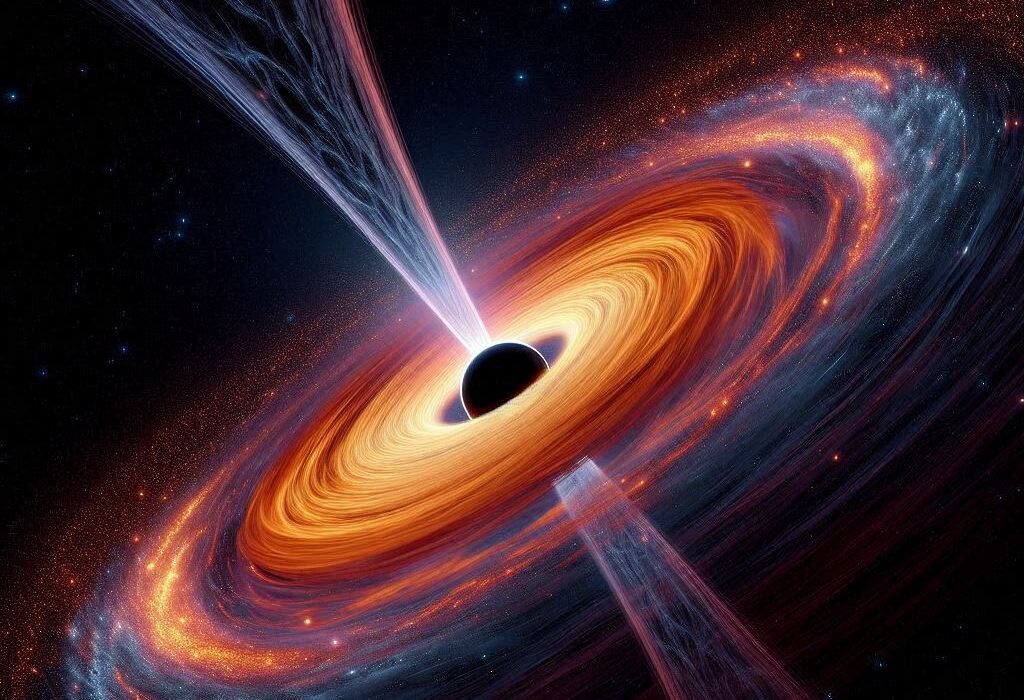In the vast, dark expanse of space, a mysterious event erupted on October 21, 2024. A burst of X-rays, bright enough to be noticed by astronomers across the world, caught the attention of an international team of scientists. This wasn’t just another fleeting cosmic event; it was something new, a “fast X-ray transient,” or FXT, now known as EP 241021a. For the next few months, astronomers scrambled to gather more data, hoping to unravel the mystery behind this brilliant but brief burst.
Fast X-ray transients are some of the most elusive phenomena in the universe. These events, which can last anywhere from a few seconds to a few hours, release soft X-rays and occur at unpredictable times and locations. They are difficult to catch, and their origins remain a puzzle for astronomers. Stellar flares, supernova shock breakouts, and even long gamma-ray bursts have all been proposed as possible explanations for these bursts. But EP 241021a? It promised to be something different, and understanding it could be key to solving the mystery of FXTs.
The Unexpected Arrival of EP 241021a
EP 241021a was first detected by the Wide-field X-ray Telescope (WXT) onboard the Einstein Probe (EP) satellite. The event occurred at a redshift of 0.75, an indicator that it happened billions of light-years away. It was a massive flash of soft X-rays that lasted only around 100 seconds but unleashed an immense amount of energy—approximately one quindecillion erg/s (that’s a number so large it’s hard to fathom).
What followed was a carefully coordinated effort by an international team of astronomers led by Jonathan Quirola-Vásquez of Radboud University in Nijmegen, The Netherlands. As soon as the event was spotted, the team swung into action, using a variety of telescopes on the ground and in space to collect data. They were determined to figure out what had caused this mysterious transient to shine so brightly.
“Our team gathered a multi-wavelength dataset of the FXT EP 241021a,” Quirola-Vásquez and his colleagues wrote. “We present extensive imaging and spectroscopic observations spanning from about 1.5 to 300 days after the EP-WXT trigger.” The observations that followed would reveal a surprisingly rich and complex story about EP 241021a, one that would challenge previous assumptions about these kinds of events.
A Rich and Complex Evolution
As the astronomers continued to observe EP 241021a, they realized that its behavior was anything but simple. Over the next several months, they tracked how the transient evolved across different wavelengths—X-rays, optical light, near-infrared, and radio bands. This allowed them to piece together a more complete picture of what had occurred.
The most striking feature was the optical light curve, which revealed a unique, three-phase pattern. This kind of morphology is atypical for standard gamma-ray bursts, which are often considered the main candidate for FXTs. The fact that EP 241021a exhibited such an unusual pattern suggested that multiple physical processes were contributing to the observed emission.
At first, the optical and X-ray emissions seemed to come from the same source. For the first 20 days after the initial detection, the data indicated a relatively stable optical continuum with a spectral slope of −1.2. This suggested that the light coming from the event was fairly consistent in its energy distribution.
However, after day 20, something significant changed. The optical spectrum became much steeper, no longer matching the X-ray data. This shift was not something astronomers had anticipated, and it hinted at the presence of a new component at play.
The Discovery of a Thermal Component
As the observations continued, the astronomers saw the emergence of a thermal component—something entirely new in the data. This thermal emission became apparent after day 20, and it suggested a change in the nature of the event. This wasn’t just a simple X-ray burst anymore. It was evolving.
The emergence of a thermal component is a strong indicator of a supernova, a massive star explosion that can outshine an entire galaxy. The team theorized that the appearance of this thermal emission pointed to a type Ic-BL supernova, a subclass of supernova known for its extreme energy release.
The supernova hypothesis began to make sense. The thermal component didn’t just appear suddenly; it seemed to be a natural progression of the event. What they were witnessing wasn’t just the aftermath of an X-ray burst; it was likely the death throes of a massive star collapsing into a supernova.
A Star That Collapsed
As the researchers pieced together their data, the evidence began to point toward a star that had undergone a dramatic collapse. “These results support the view that some fast X-ray transients detected by the Einstein Probe arise from massive stellar explosions,” the authors concluded. The team believed that EP 241021a was the result of a collapsar— a massive star that had undergone gravitational collapse, triggering a supernova explosion.
This theory is supported by the thermal component that appeared in the optical light curve, which closely resembled the signature of a type Ic-BL supernova. In these events, a massive star runs out of fuel, its core collapses under its own gravity, and a violent explosion ensues, often accompanied by an intense burst of X-rays. This could explain the unusual behavior of EP 241021a.
Why This Research Matters
The study of fast X-ray transients like EP 241021a is crucial for our understanding of the cosmos. These events occur in the most extreme environments, and studying them gives us insight into the life cycle of massive stars, the nature of supernova explosions, and the processes that govern the evolution of galaxies.
EP 241021a is a prime example of how a single astronomical event can challenge our assumptions and open the door to new discoveries. The team’s multi-wavelength observations have provided valuable data that not only sheds light on this particular transient but also contributes to our broader understanding of the high-energy universe.
As astronomers continue to investigate FXTs, they may uncover even more mysteries about how stars live and die in the distant corners of the universe. With each new discovery, we move closer to understanding the intricate, beautiful, and sometimes violent forces that shape the universe itself. In a way, EP 241021a is not just a transient event in the sky—it’s a moment of cosmic storytelling, offering us a glimpse into the dramatic death of a star and the birth of a new chapter in the life of the universe.
More information: J. Quirola-Vásquez et al, Unveiling the nature of the Einstein Probe transient EP 241021a, arXiv (2025). DOI: 10.48550/arxiv.2511.13314
